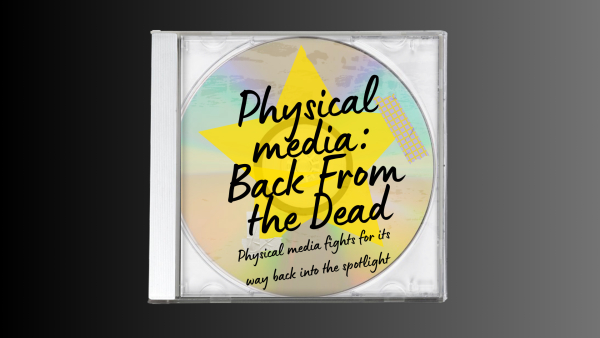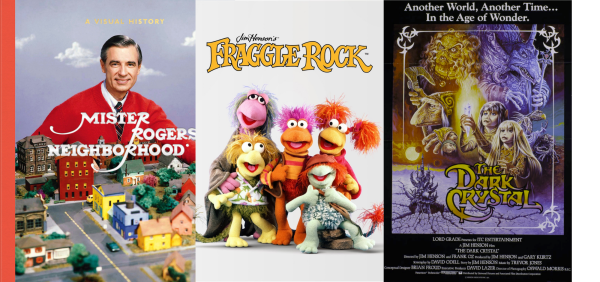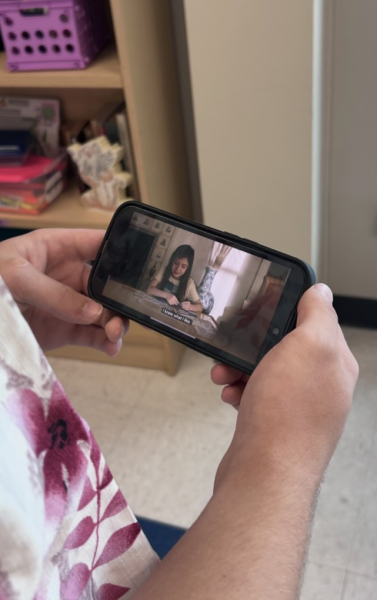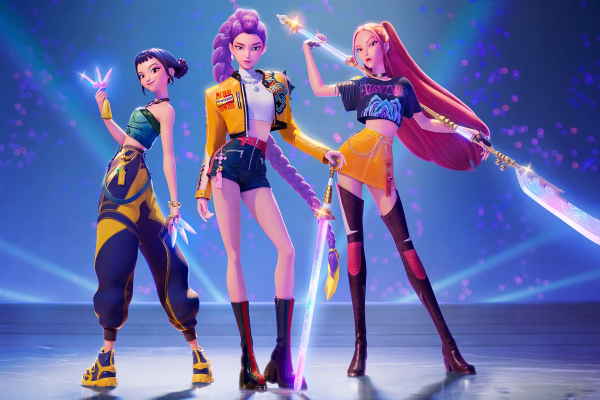“Blanca and Roja”: A Magical Folktale About Finding Love and Self
“BLANCA AND ROJA”
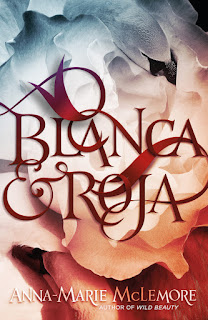
“Blanca and Roja”, a magical-realism novel by Anna-Marie McLemore, defies tradition in many ways. It doesn’t let its well-known source material, “Snow White and Rose Red”, as well as the ballet Swan Lake, keep it from being a unique and original look at the fairytale, it doesn’t shy away from the consequences of character’s actions, but most importantly, it highlights just how hard it is to break tradition.
Blanca and Roja are “del Cisne girls,” which means one day, the swans living in the forest near their home will come and transform one sister into a swan while the other remains human. As the swans’ arrival approaches, Blanca (the elder) and Roja (the younger), are left alone in their family home to await the verdict of the curse, unsure when and what will happen. Complicating matters is the arrival of Barclay and Page, village boys, who, for reasons of their own, have fled to the forest. As the four of them grow closer, the curse begins to impact them all.
Toxic tradition, more so than the literal curse, is the main conflict of “Blanca and Roja”, and something that pervades the life of all of the main cast. For Roja and Blanca, this conflict is not only the curse, but the way they have been raised as rivals. The girls are given roles early on their lives. The family believes the swans will take the darker-hearted of the two, leading to the assumption that dark-haired Roja will be taken while blond Blanca will be left. This is emphasized by the roles the girls occupy within their family: Blanca is raised primarily by their mother, while Roja spends more time with her father.
After being left alone, the complexity of the girl’s relationship is laid bare as they misinterpret one another’s kindness for manipulation and must come clean with each other before fully facing the curse as a pair. Barclay and Page are also constrained by the expectations and traditions of their families: for Barclay, a family full of aggression and violence (a violent encounter with his cousin is what leads him to the woods in the first place) and for Page, a family that doesn’t understand his non-binary identity.
As the four characters become tied together by the magic in the woods, they all begin to come into themselves more. Blanca realizes that she is allowed to want more for herself and her life, something Page talks to her about. Getting to know Barclay aides Roja’s journey in letting herself be gentle, something she was not allowed to be due to role imposed upon her. At the same time, Page is able to reconnect with his and Barclay’s grandmothers, Lynn and Tess, who now live together as a couple, and is able to find understanding and love. Barclay gets a support system from Page, Roja, and Blanca, who both allow him space to process what has happened in his family, and help him as he adjusts to his partial-blindness. While all of the characters play a part in each other’s development, the growth belongs to the characters themselves. It doesn’t feel forced or for the sake of plot – the development feels like the natural progression and extension of the character’s journeys.
“Blanca and Roja” is a lyrical and inspiring novel brimming with complicated characters and magic. It is a heartwarming look into the beauty of self-realization and discovery, an ode to those who challenge tradition, and a call to stand by one another.
9.5/10 would face the swans again
Further breakdown:
Writing Quality: 9.5/10 Enjoyability: 9.5/10
Pace: 9/10 Visual elements: 9/10
Plot development: 9.5/10 Insightfulness: 10/10
Characters: 10/10


